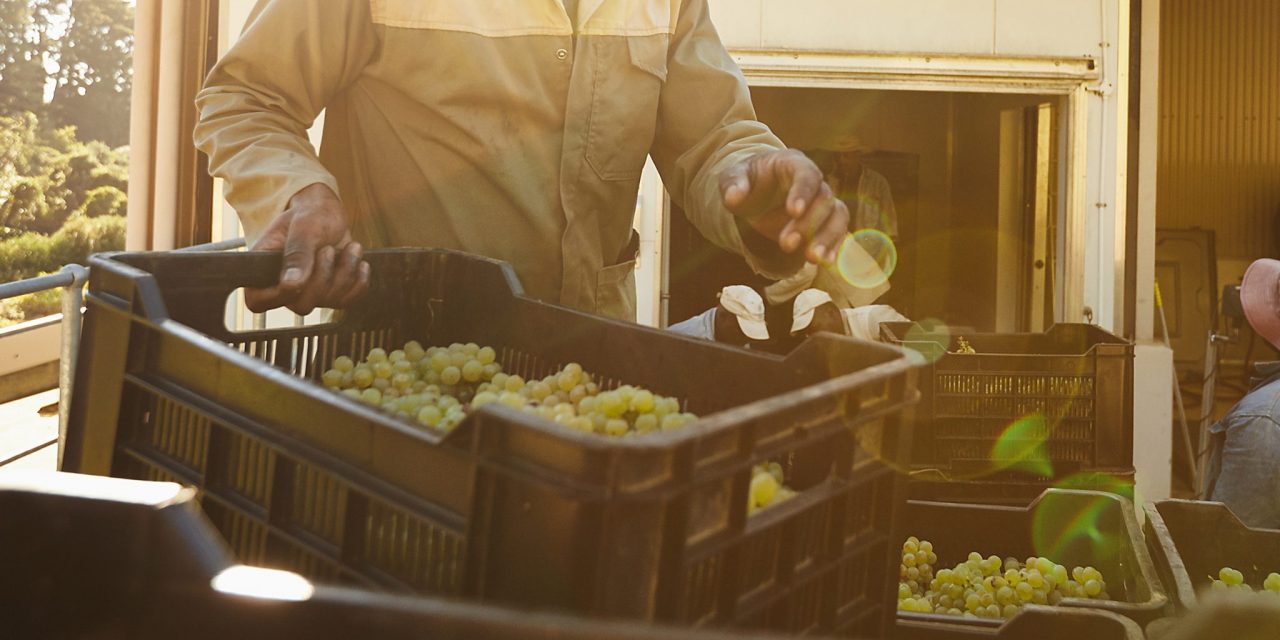Border wall aside, the U.S. farm labor crisis worsens by the crop, thanks in large part to tightening immigration policy driven by the misplaced fear that foreign workers are taking American jobs, rising minimum wages along with new farmworker overtime laws, a vibrant Mexican economy with plentiful factory jobs, and the burgeoning marijuana industry.
These days, fewer and fewer skilled farmworkers choose to work in vineyards—especially if easier, higher paying work is available. “Working in the vineyards is hot, exhausting, difficult work,” says Rolando Herrera, founder/winemaker at Mi Sueño Winery in Napa, Calif. “Laborers will seek out higher paying jobs, even if it means just 25 cents more per hour.”
Herrera, whose father was a bracero and came to California to work three to four months per year, encourages a more lenient policy towards part-time labor: “We need a legalized program for people to come for a few months per year to take care of our business.”
His solution is to offer his crew of 15 full-time employment with benefits. With 40 total acres of tiny vineyards that are more like “gardens,” Herrera says he can’t consider mechanization. “I’m old school,” he says. “I push hard to keep my team.” And he works 12-hour days. “I’m happy to cut my margins to pay them.”
Like Herrera, Paul and Maggie Bush of Madrona Vineyards, who farm 85 acres in California’s El Dorado Hills, employ a 15-person crew full time. The couple considers themselves among the fortunate few. “If this labor situation continues, it will mean the death of the small farmer,” says Paul Bush.
It’s not just small producers that are feeling the pinch. Winegrower Isy Borjon, who manages 500 vineyard acres in California’s Amador County and provides workers for an additional 500, says the labor pool has dried up. One problem is that, when workers go back to visit family in Mexico, they find it too expensive to return. As a result, labor costs have skyrocketed 30 to 40 percent in the last few years. “Laborers know we need them,” he says, “but growers don’t want to pay.”
To compensate, Borjon trellises all his new vineyard installations for mechanical harvesting and is experimenting with aggressive leaf pulling, rather than shoot thinning, to offset labor costs.
Martha Barra of Barra Family in Mendocino County, Calif., is tackling the crisis by hiring vetted prison labor and importing labor via H2A visas—both at enormous cost. “We have no choice: Our precious North Coast AVA Pinot Noir can’t be harvested mechanically,” says Barra. “All new vineyards are going in for mechanical, but the new vines still need to be lovingly maintained in their youth, and that can only be done by experienced labor.”
To those who think Mexican ag workers take American jobs, winegrower Kathleen Inman of Inman Family Vineyards in Santa Rosa, Calif., rebuts, “We haven’t found any existing California residents who want to do field work. There’s a large pool of young people in Mexico who are anxious to work, but they aren’t allowed to cross the border to work here legally.
“When my customers ask if they can help with harvest, without exception, after picking five or six bandejas [trays] at 70 pounds each and lifting them up over their heads into the picking bins on the tractors, they ask, ‘How much longer?’ The answer is, ‘Eight to 10 hours a day for eight to 10 weeks, solid!’”
Think about all the hands that touch each glass of wine you enjoy, and pray Borjon is incorrect when he predicts, “Lettuce will eventually cost $10 per head.”
Heaven only knows what that means when translated to wine.










